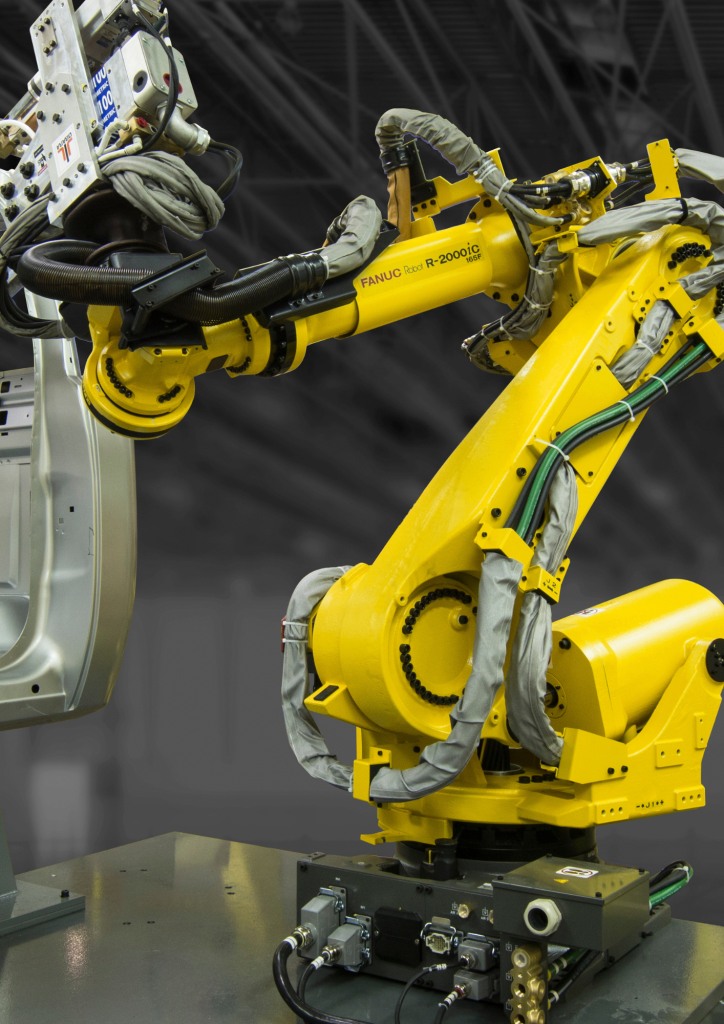Robotic arms are at the core of modern manufacturing and production, are changing the rules in a way previously thought to be impossible to imagine. They bring high-quality, safety and efficacy. These amazing machines – commonly known as robot arms become indispensable to industries across the globe, driven by an urgent necessity to reduce operating expenses without compromising on quality. The incorporation of robotic arms into the production lines allows companies to not only reduce costs, but also increase the safety of workers and increase productivity. Discover how these revolutionary machines have transformed the industrial landscape.
The cost-effectiveness of robotics is driving the adoption of robotic arms around the world. The demands on factories to cut down production errors, material waste and workplace injuries is never-ending. Robotic arms can help with these challenges. Robot arms eliminate costly mistakes and decrease the amount of raw materials, by performing repetitive tasks more accurately than humans. In industries with high volumes, such as automotive manufacturing, robot arms ensure flawless assembly by performing precise welding and parts positioning. This accuracy results in substantial savings since fewer imperfections mean less rework, waste and the need to rework.

Image credit: automatedsolutions.com.au
Safety is a further pillar of the robot arm revolution. Human workers are in danger when they perform a range of manufacturing tasks, like handling hazardous material or operating machinery that is heavy. Robots allow businesses to eliminate their workers from hazardous working environments and minimize accidents at work. A robotic arm, designed as a kinematic chain of movable joints, mimics the functionality of a human arm but operates without the risk of physical harm. The machines are fitted with robotic hands or programmable end-effectors. They are capable of performing tasks such as grasping, spinning, and welding in conditions that are unsafe for human beings.
The flexibility of robotic arms can be a game changer in various industries. Robots can be used for different tasks. From automotive assembly to electronic production. The programability of these arms allows them to perform complicated operations such as painting or applying fiberglass at an unmatched level of accuracy. Robotic arms in warehouses have revolutionized palletizing by automating the process of loading products onto pallets. Automation is not just efficient but also increases reliability since robot arms are able to be productive without fatigue.
The development of cobots (collaborative robots) that work alongside human employees is one of the most thrilling innovations in this field. Unlike traditional industrial robots confined to isolated cells. Cobots fitted with robotic arms are created to allow safe, seamless interaction with humans. Cobots that are equipped with robotic arms can perform the repetitive or heavy lifting task in factories which allows human workers to focus on more complicated tasks. This collaboration enhances productivity while maintaining a safe working surroundings, as cobots can be programed to stop or modify their actions if a person is in the vicinity.
The significance of robotic arms extends beyond efficiency and safety to the structure of modern manufacturing. Their capability to do tasks such as welding, assembly, or material handling with high accuracy has helped them become indispensable in high-risk industries. A robotic arm, for example, can be utilized to rotate and place parts during assembly in the automotive industry, making sure that they are precisely aligned, with no human involvement. As in electronics, robot arms manage delicate components carefully, minimizing damage while also improving the quality of output.
As the world’s industries continue to develop, robotic arms’ role will grow. They can cut cost, enhance safety and be able to adapt to different tasks robots are the core of the future of manufacturing. Robot arms, that combine cutting-edge technologies with human creativity they are not just tools as much as they are partners in progress. They are the engine behind innovation and transform the way in which the world is built.